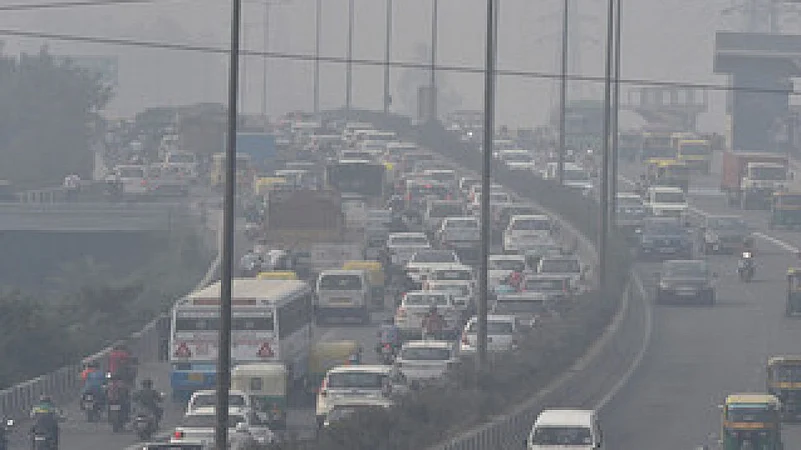Recently three authors R.L. Verma of the Asian Institute of Technology, Bangkok, Thailand, J.S. Kamyotra a freelance consultant from Delhi, and Balram Ambade, National Institute of Technology, Jamshedpur in Jharkhand, undertook a detailed study to understand the air quality of Thoothukudi (former Tuticorin). This study dispelled many notions about the adverse impact on air quality because of industrial emissions. One of them is a long-standing misgiving that industries alone are the biggest sources of pollution.
The authors compared the air quality and air quality index (AQI) of Thoothukudi with those of other industrial clusters of Tamil Nadu, and with the four major metros on various parameters. The ambient air quality of Thoothukudi was compared on concentration levels of key air pollutants - particulate matters (PM10, and PM2.5), sulphur dioxide (SO2), nitrogen oxide (NO2,) and the Air Quality Index (AQI) from January 2015 to December 2020 with those of Delhi, Mumbai, Kolkata, and Chennai. A comparison was also made with those of Manali, Cuddalore, and Coimbatore, major industrial clusters of Tamil Nadu.
According to the study, the concentration levels of PM10, PM2.5, and NO2 in Thoothukudi were not only comparable with those observed in Mumbai, Kolkata, and Chennai, which too are coastal cities, but also those with industrial clusters between 2015 and 2020. Only Delhi proved to be an outlier with double the concentration level of pollutants.
The study revealed that local meteorology plays an important role in the ambient concentration levels of air pollutants. Even the AQI of Thoothukudi like other metros (except Delhi) and industrial hubs, reported less than 100, which signifies good quality air.
The concentration level of air pollutants during the operation of Sterlite Copper during 2017 and 2018, and after its closure in 2018 and 2019 showed no significant change in the concentration levels of SO2 at Thoothukudi. Even during its operation, the SO2 levels were reported to be in the range of 13-15 ug/m3, well below the 24- hour ambient air quality standard of 80 ug/m3 and were comparable to other industrial clusters.
The authors realised that other sources of air pollution like vehicle exhausts from burning of diesel, petrol and compressed natural gas, gases from thermal power plants, small scale industries including brick kilns, resuspended dust on the roads due to vehicle forest fires, etc have not been deliberated upon.
An International Energy Agency (IEA) report titled "Air Quality and Climate Policy Integration in India: Frameworks to deliver co-benefits" stated, "In terms of air pollution, road transportation was responsible for more than 40 per cent of total nitrous oxide (NOX) emission of 3.3 million tons and around 7 per cent combustion-related PM2.5 emissions in 2019." The past two decades have seen a seven-fold increase in the number of passenger cars on India's roads leading to significant increases in urban air pollution levels and associated health problems.
As India registered a strong economic growth between 2010 and 2019, the country's total energy consumption increased by one-third during that period. It in turn impacted the air quality. Given India's reliance on fossil fuels for energy, CO2 emissions increased by nearly 50 per cent over the same period, despite noted improvements to CO2-intensity and GDP energy intensity, according to the IEA study.
The dependence of several poorer households on traditional biomass for cooking and heating also results in high levels of harmful PM2.5 pollution. It also contributes to a much lesser degree to NOX and SO2 emissions. NOX emissions emanate primarily from oil combustion in the transport sector and thermal power plants, which account for approximately 40 per cent and 25 per cent of India's NOX emissions, respectively. Half of India's SO2 emissions arise from thermal power plants and industrial activities add another third. Even agricultural activities produce two key pollutants namely ammonia (NH3) and nitrous oxide (N20) emissions.































